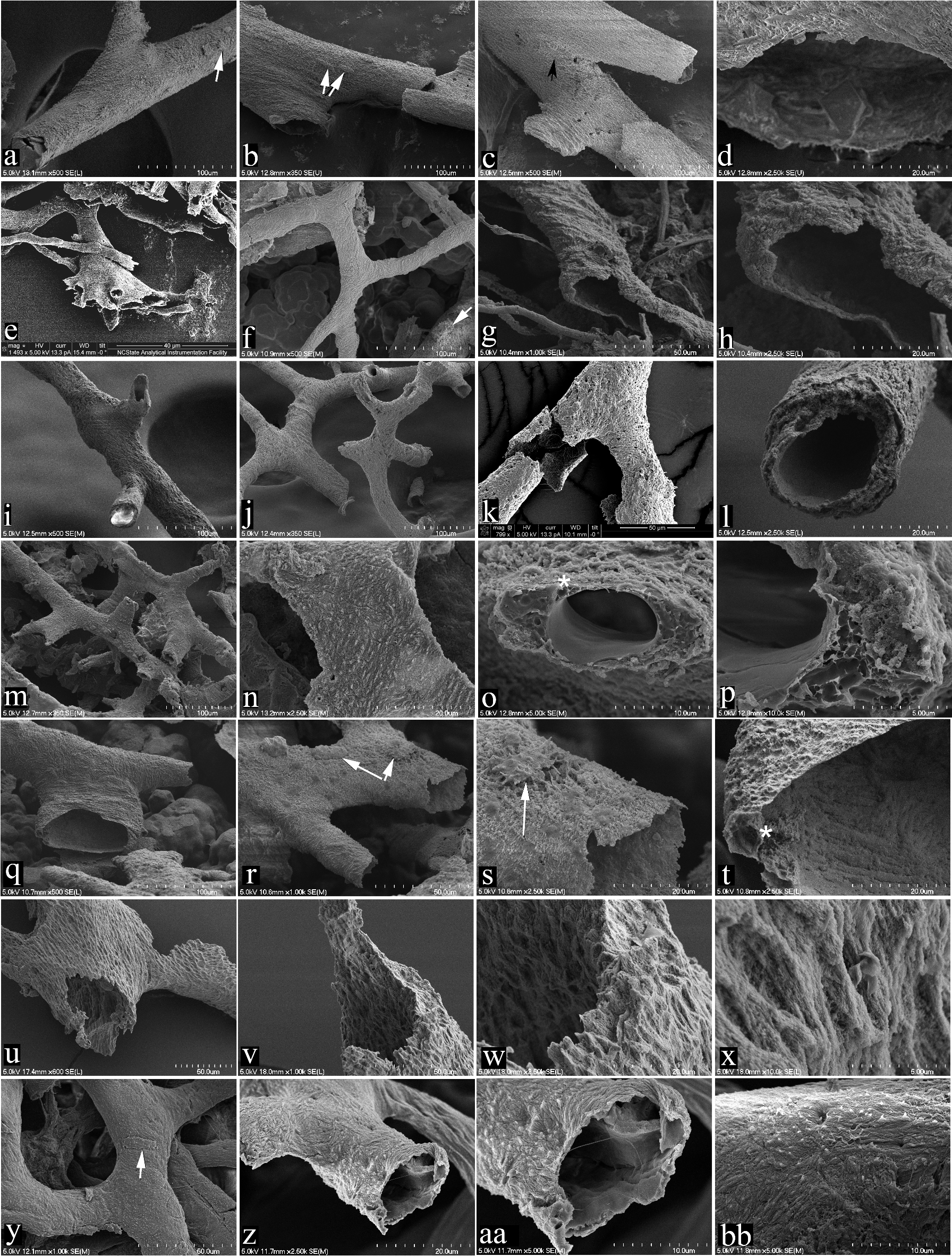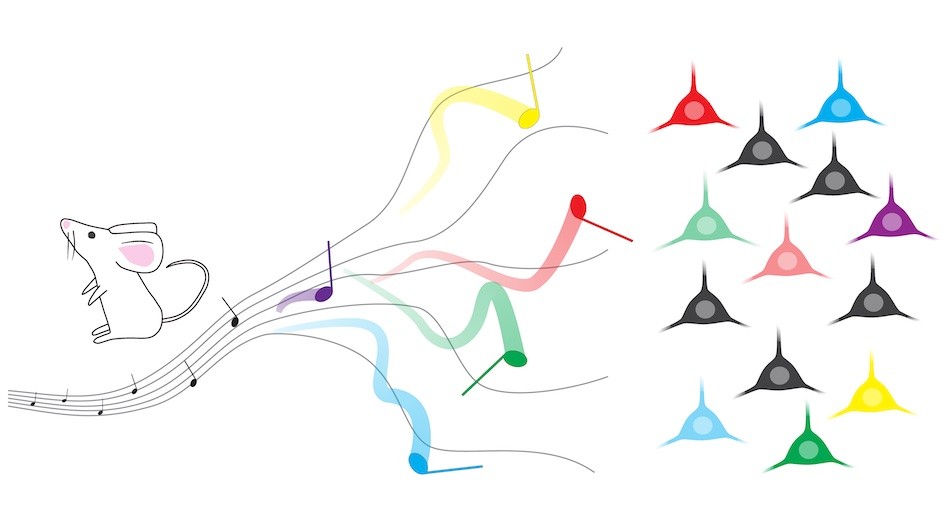2025-02-10 ジョージア大学 (UGA)
<関連情報>
- https://news.uga.edu/human-presence-at-waterholes-may-change-animal-behavior/
- https://zslpublications.onlinelibrary.wiley.com/doi/10.1111/jzo.13245
アフリカの哺乳類の水飲み場への出没と時間的活動パターンに及ぼす人間の存在の影響 Effects of human presence on African mammal waterhole attendance and temporal activity patterns
J. R. Patterson, N. Ndlovu, J. C. Beasley, S. Périquet
Journal of Zoology Published: 10 December 2024
DOI:https://doi.org/10.1111/jzo.13245

Abstract
Human impacts on the environment and wildlife populations are increasing globally, threatening thousands of species with extinction. While wildlife-based tourism is beneficial for educating tourists, generating income for conservation efforts, and providing local employment, more information is needed to understand how this industry may impact wildlife. In this study, we used motion-activated cameras at 12 waterholes on a private game reserve in northern Namibia to determine if the presence of humans and permanent infrastructure affected mammal visits by examining their (1) number of visits, (2) time spent, and (3) diel activity patterns. Our results revealed no differences in the number of visits based on human presence for any of the 17 mammal species studied. However, giraffes (Giraffe camelopardalis) spent more time at waterholes before observer presence compared to during. Additionally, several species changed diel activity patterns when human observers were present. Notably, several carnivore and ungulate species increased overlap in their activity patterns during periods while humans were present relative to when humans were absent. These modifications of mammal temporal activity patterns due to human presence could eventually lead to changes in community structure and trophic dynamics because of altered predator–prey interactions. As humans continue to expand into wildlife habitats, and wildlife-based tourism increases globally, it is imperative that we fully understand the effects of anthropogenic pressures on mammal behavior. Monitoring of wildlife behavioral changes in response to human activity is crucial to further develop wildlife tourism opportunities in a way that optimizes the impact of conservation goals.


